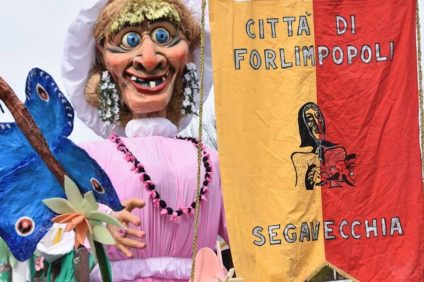Il New York Times pay homage to the great Lucio Dalla a few days from tenth anniversary of his death, which occurred in Montreux il 1 March 2012. The music critic AO Scott, on the occasion of the release in United States of the documentary "For Lucio"of Pietro marcello, describes Lucio Dalla as "chubby and shaggy, with limp hair and round glasses… who didn't really look like a pop star". However, that "jazz clarinetist who later reinvented himself as a songwriter" has become one of the most loved Italian storytellers of the last decades of the twentieth century. Scott in the review manages to give him a glossy portrait of the artist Lucio Dalla and the incredible power of his songs, poetic and combative at the same time. According to the critic, in fact, "His tunes were rhapsodic and discursive, argumentative and observant - often within a single line - and his voice could swiftly go from conversational intimacy to outrageous passion.».
Lucio Dalla: the analysis of the New York Times
The American critic's praise is not only for the Bolognese artist, but also for the documentary “Per Lucio”. Presented last year at the 71st Berlin Film Festival, the film has only now arrived overseas, available on the platform Mubi. In fact, AO Scott particularly appreciated Marcello's choice to focus on the period of Dalla's collaboration with the poet Roberto Roversi, in the early 70s. The archive material collected by the director, for the critic shows «an outspoken intellectual who could be mischievous, intense or gnomic, whose songs captured both the exuberant spirit of Italian popular culture, and the political agony and political turmoil in the 60s and 70s».
Those were the years in which Lucio Dalla and Roversi also wrote songs by political character. The lyrics and Lucio's powerful voice convey, according to Scott, a "continuous feeling of urgency and struggle". At this point the critic quotes two emblematic songs. The first is "News”, A famous ballad dedicated to the motoring champion Tazio nuvolari, a symbolic post-war Italian rider, capable of racing and winning even in the most extreme conditions. The second is "Ithaca", Ballad linked toOdyssey di Homer, sung from the point of view of the sailors. In his review of “For Lucio”, Scott finds Dalla's performance in front of an audience of workers very impressive. Finally, the American critic focuses on Dalla's more musical aspect and on his "romantic populism", which is linked to the Latin American movement of New Canción, with Brazilian influences and European and North American folk styles.
An invitation to further research
What comes out of Scott's review is a stunning photograph of a musical icon, which he has influenced the Italian culture from the end of the XNUMXth century. The New York critic speaks of Marcello's documentary as "a gift and an invitation to carry out further research". This invitation could in fact be addressed to the readers of the New York Times, who, after having seen “For Lucio”, may decide to find out more about Dalla's art and fall in love with the songs ofBolognese artist, A “purely Italian figure” (again to quote Scott), very distant from the current American musical canons. For sure, for the most curious and for lovers of the unpredictable, it could be a beautiful and unforgettable discovery.
Source of featured photograph: Daenerys-stark, CC BY-SA 4.0, via Wikimedia Commons





